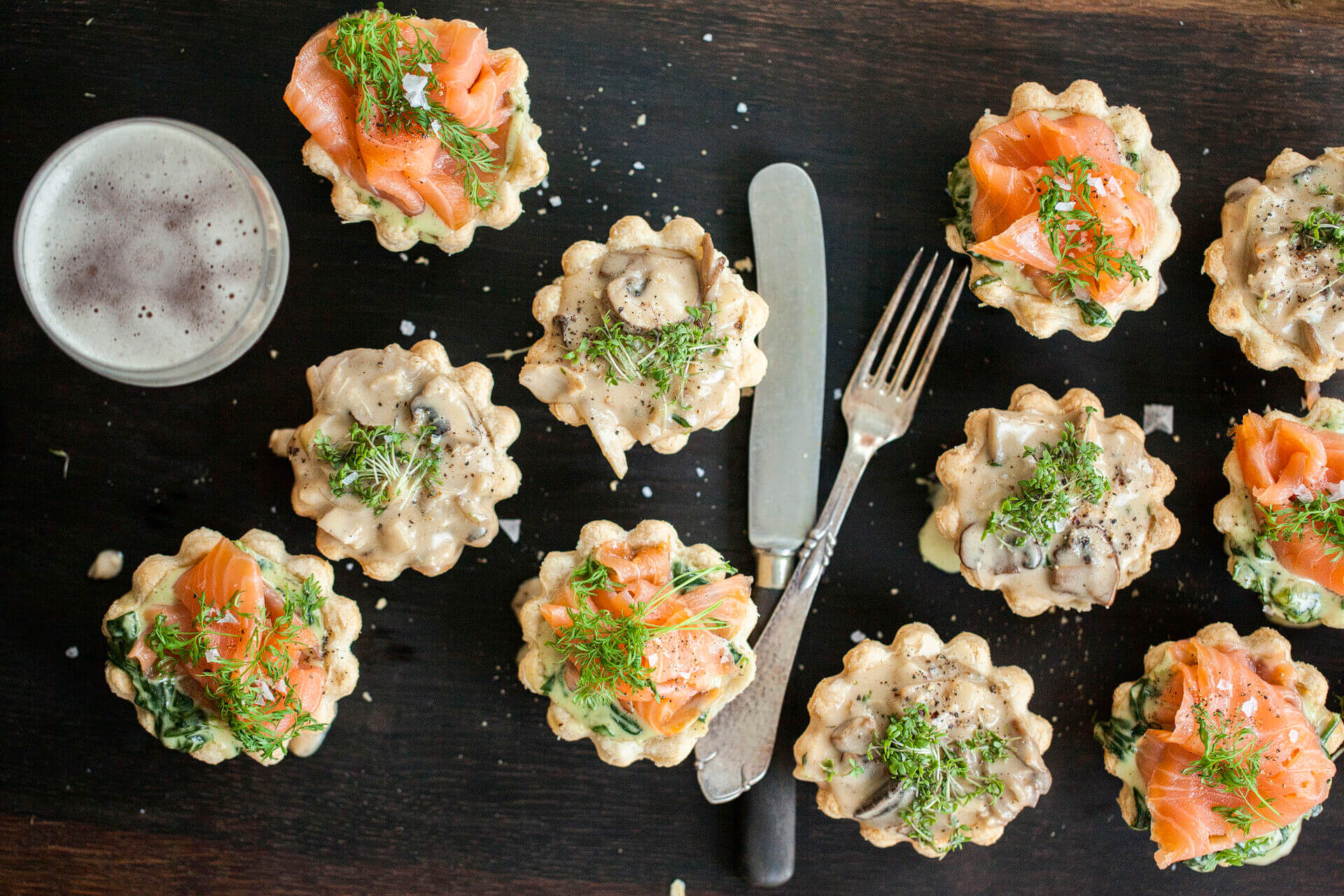
Tarteletter. File photo: David Leth Williams/Ritzau Scanpix
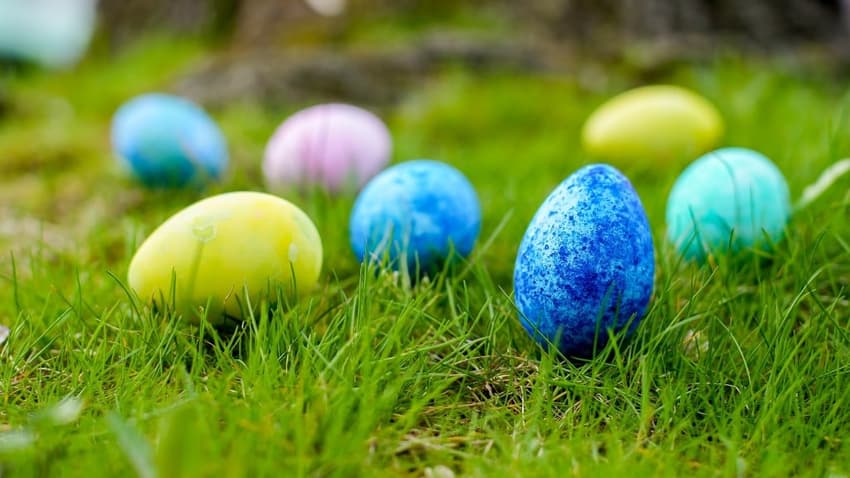
Five-day holiday
The Easter period in Denmark includes Maundy Thursday, Good Friday, Easter Sunday and Easter Monday. These are national holidays in Denmark when schools are closed and most people do not work.
Even though Easter has become less of a religious holiday, Danish flags are flown at half-mast on Good Friday.
It is worth checking opening times for shops, supermarkets, attractions and restaurants during this period because many close for the whole long weekend.
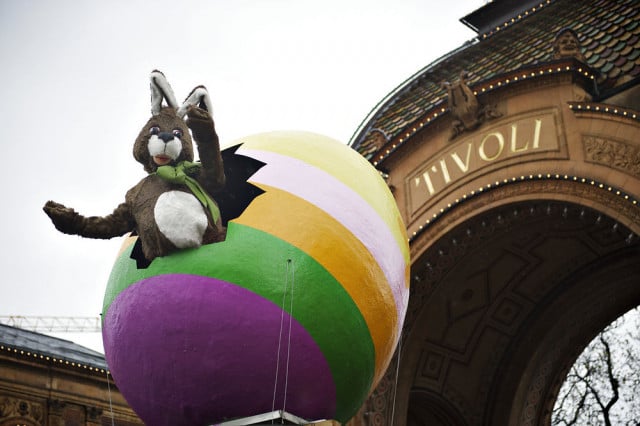 Tivoli is a fun place to visit over Easter. Photo: Marie Hald/Ritzau Scanpix
Tivoli is a fun place to visit over Easter. Photo: Marie Hald/Ritzau ScanpixEaster decorations
Homes are decorated with Easter colours (yellow, mint green, pale pink), fresh flowers or branches to hang decorations from. It's very popular to bring nature into homes in Denmark.
Children also bring home Easter decorations such as a small chicken or bunny box with cress seeds.
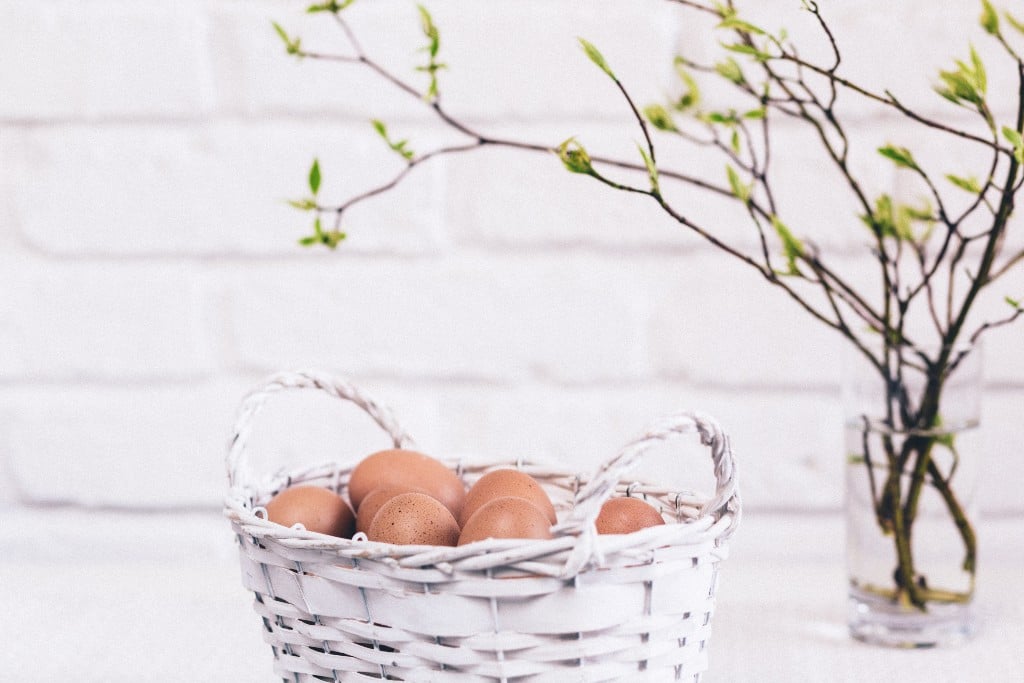
Påskefrokost
The påskefrokost, or Easter lunch, is a must for most Danes. Some families have Easter lunches at a restaurant, but most people invite family and friends to their homes.
Usually taking place on Easter Sunday, the Easter lunch can be drawn out across the day and can encompass both the afternoon and evening meals. It is interspersed by going for walks in the (hopefully) spring weather and with Easter egg hunts.
The food will include rye bread (of course), eggs, cress, fish fillet with remoulade, different kinds of herring, a variety of cheese, sliced meats and liver pâté (leverpostej).
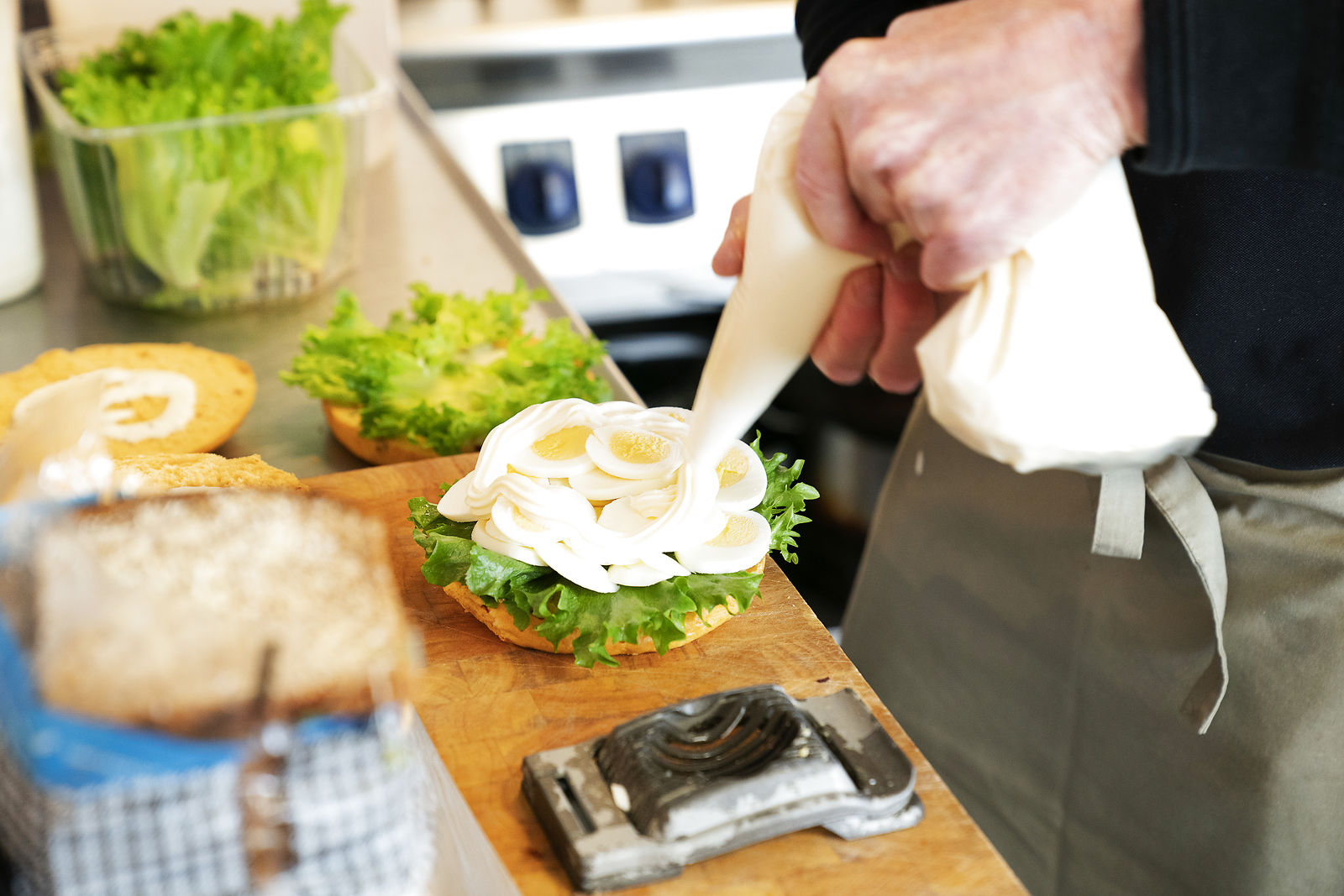
Lamb is also a typical dish for this time of year, as well as tarteletter. These are tartlets made using puff pastry and a filling of chicken, asparagus, carrots and celery.
Two of the most popular Easter time cakes are citrontærte, lemon tart and the citronmåne or lemon moon, a lemon infused sponge with marzipan and icing.
The drinks will include Easter beers. All breweries begin releasing their Påskebryg (Easter brew) in the run up to Easter, claiming it to be stronger and tastier than the average beer.
There will also be snaps, or “en lille en,” a northern European kind of flavoured spirit (could be akvavit), which people drink in one-go, accompanied by a cheerful “Skåål!”
If you’re invited to a påskefrokost, remember to bring a bottle of wine or some flowers and arrive on time.
READ ALSO: Five ways to make a good impression at a Danish home
Gækkebrev
Making a gækkebrev (or several) is a standard activity for Danish children. The idea is to design a letter in the basic shape of a snowflake that includes a rhyming riddle and a snowdrop. Children will not sign their names on the letter, but will instead put one dot for every letter in their name.
Recipients then have to guess who sent them the letter. If they guess right, the sender has to give them a chocolate egg. If they don't guess the sender's identity, then the recipient has to give the egg. You'll almost certainly know which child sent it to you but play along and give them the chocolate.
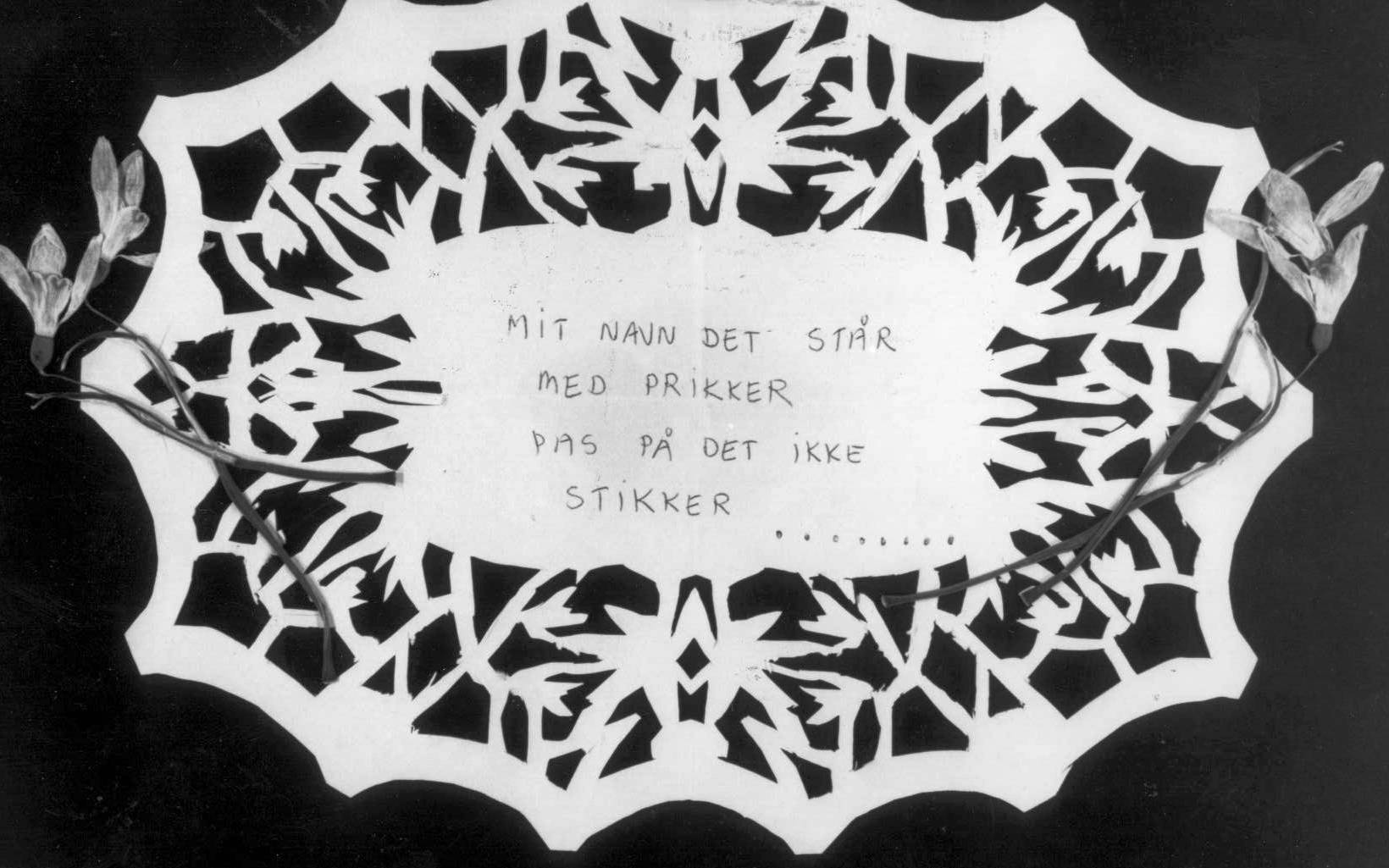
Eggs
Like everywhere else in the world, the egg is a major symbol of Easter in Denmark. It symbolises new life and a new beginning.
Eggs will be eaten boiled, fried or as a prepared solæg, which translates as “sun egg.” This is a tradition from southern Denmark. The eggs are boiled with onions and the yolk turns dark. The eggs are then put into a salty mixture for at least one week, and then eaten with mustard and chilli.
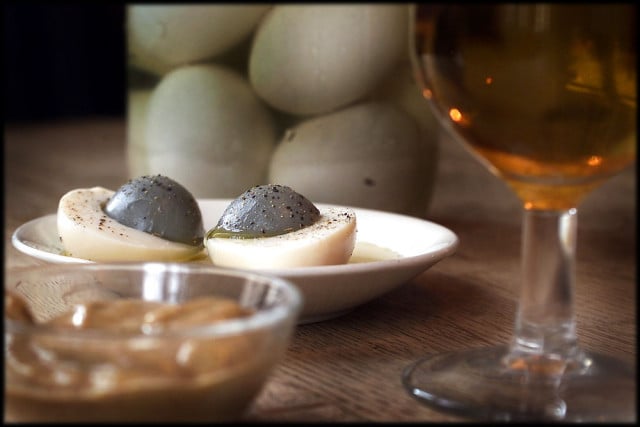 Solæg, a kind of hard-boiled egg, is enjoyed during Easter, particularly in South Jutland. Photo: Annett Bruhn/Ritzau Scanpix
Solæg, a kind of hard-boiled egg, is enjoyed during Easter, particularly in South Jutland. Photo: Annett Bruhn/Ritzau ScanpixEaster egg hunts
Easter is not complete without an Easter egg hunt. Children look for chocolate eggs in the garden or in parks that the Easter bunny has hidden. They also plays games with eggs. One game is throwing boiled eggs to see who can throw the furthest.
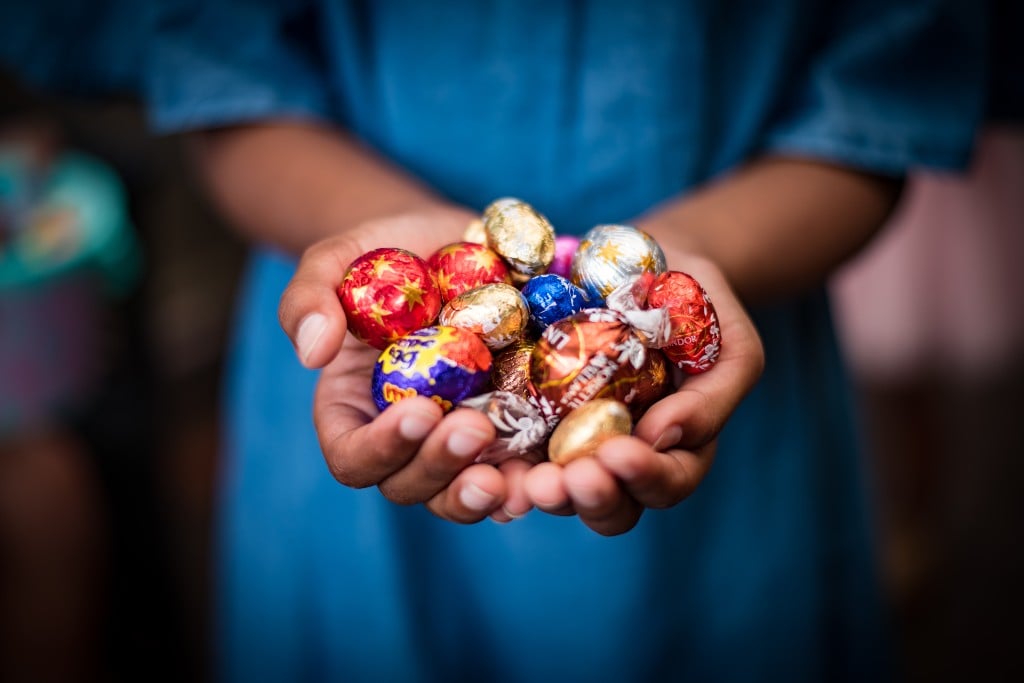
For the professional look, head to Royal Copenhagen’s flagship store on Strøget. They produce a new Easter egg each year in porcelain – it can be opened at the top and filled with chocolate.
However you celebrate your Danish Easter, we hope it's a good one. God påske allesammen!
READ ALSO: Påskefrokost: What are the essentials of a Danish Easter lunch?
Join the conversation in our comments section below. Share your own views and experience and if you have a question or suggestion for our journalists then email us at [email protected].
Please keep comments civil, constructive and on topic – and make sure to read our terms of use before getting involved.
Please log in here to leave a comment.